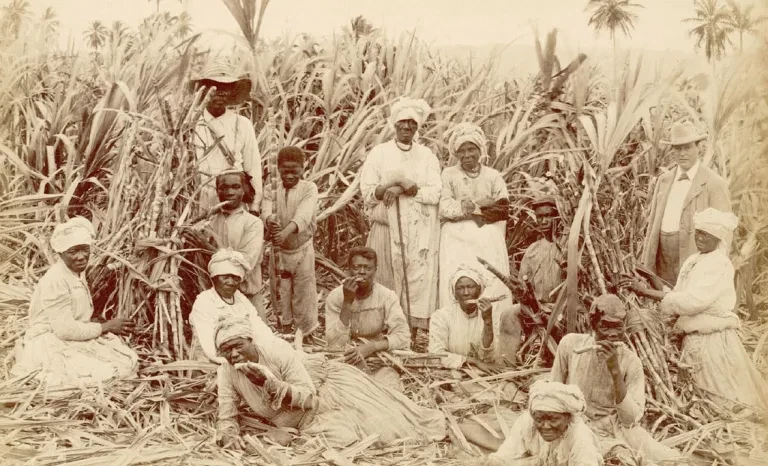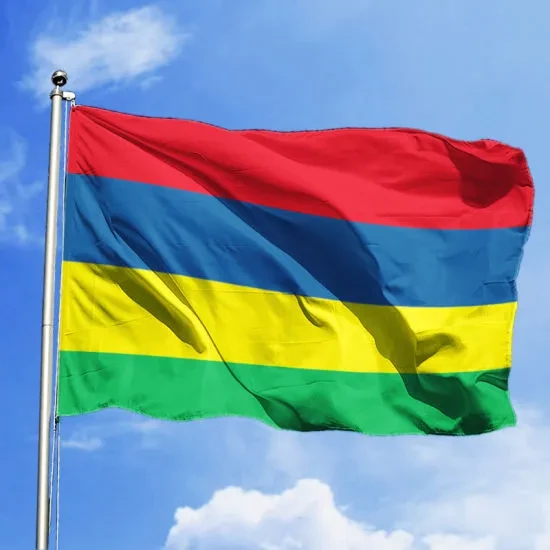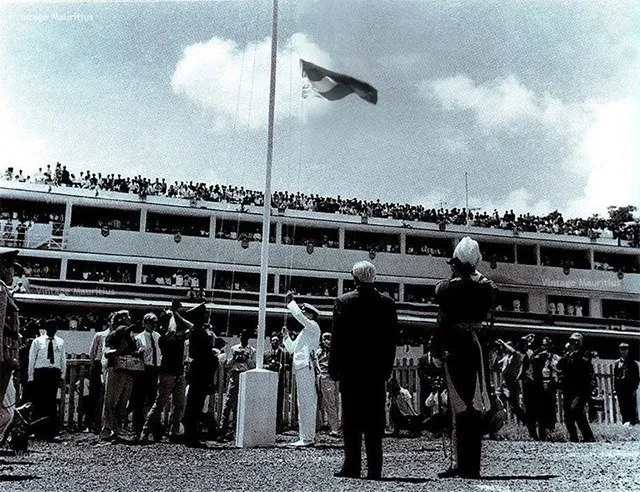Mauritian Independence Day
24 January 2018
The magical Indian Ocean island of Mauritius has an interesting and chequered past - a fact that is often overshadowed by its mesmerizingly beautiful surrounds which draw in travelers in droves from around the world. But more than absolutely gorgeous beaches and turquoise waters, Mauritius holds secrets and sights linked to its past that are well worth discovering. The history of Mauritius is one that begins with the discovery of this magnificent tropical island by the Arabs, followed by the Europeans in the 16th century and results in a struggle for independence and freedom. There’s no doubt that Mauritius is a truly fascinating place to discover, especially for history buffs who will be there, or who would like to plan to be there, on the 12th of March. Here’s why:
Mauritius was uninhabited until 1598

Once covered in exceptional endemic plants and forests, and home to a plethora of wildlife (many species of which were unique to Mauritius), this remarkable island set in the gorgeous Indian Ocean was uninhabited until the 16th century when it caught the eye of the Dutch settlers who decided that Mauritius was the perfect place to colonise. However, the discovery of Mauritius initially, is said to owe to Arab sailors in the Middle ages and wax tablets found by the Dutch suggest that there might have been other sailors who happened upon Mauritius in that time, but who exactly they might have been not clear. The Portuguese then came across it by chance but having just set themselves up in Goa, and with their main base in Africa situated in Mozambique, the Portuguese weren't interested in the remote islands—Reunion, Mauritius and Rodrigues which were then named the Mascarene Islands—especially since they preferred to use the Mozambique channel to go to India.
The Dutch, French and British each played a part in the colonisation of Mauritius
In the 16th century, the Europeans became increasingly interested in Mauritius but it was the Dutch in 1638, that became the first Europeans to actually set foot on the island which they named Mauritius after Prince Maurice of Nassau in the Netherlands. The Dutch introduced the sugar cane to the island (sugar cane plantations can still be seen all over the island today and has played a huge part in their economy) as well as Java deer and were drawn to the incredible ebony trees that grew in abundance on the island (and as a consequence, are now very rare in Mauritius). Between the lack of profits and difficult weather conditions in Mauritius, the Dutch abandoned the island in 1710.
Because of its excellent strategic position and its proximity to the French island Île Bourbon (known today as Reunion), Mauritius caught France’s attention and they officially occupied it in 1715. From 1721 the French sent settlers to the island and the French East India Company governed Mauritius from 1967, which they named Île de France. During this time, slaves were brought to Mauritius from Madagascar, Mozambique and numerous other parts of Africa.
During the Anglo-French war in 1810, the island was taken over by the British and was named Mauritius once more. The Seychelles, Rodrigues, and Mauritius were all formally given over to the British under the Treaty of Paris (which took place in 1814). At this time, there were approximately 68,616 slaves in the country and in 1834, the British abolished slavery. In place of the slaves, the British brought in “indentured laborers” who were recruited by the thousands to work in the ever-growing sugar industry and came mostly from India. These workers also eventually settled in Mauritius and are the ancestors to much of the local Mauritian population today. Over 200 000 Indian laborers arrived between 1840 and 1870 and a small number of Chinese traders came to Mauritius in this time and from 1835 to the end of the century, the population had more than tripled; from around 100 000 people to over 370 000. Interestingly, Mauritius and Seychelles were administered as a single British Colony until they were separated in 1903.
The colonists brought with them languages, cultures, and customs that changed the face of Mauritius forever, but they also brought workers and slaves from Africa, China, and India. This incredible mix of people from around the globe helped to sculpt Mauritius into the rich melting pot of cultures it is today, where the influence of the Europeans, Indians, Chinese and Africans is distinct and makes Mauritius a truly incredible place.
The road to independence was long
It was only many years after Mauritius was colonized that the movement towards independence began. This movement was inspired by the labor movement, which saw the Mauritian people campaign for the political power to be transferred to the Mauritians in the late 1940s. The right to vote was given to every adult who was literate in 1947 which led to a measure of independence in Mauritius. A general election followed in 1948 as did the first legislative council. Voting was opened to all adults in 1959.

Sir Seewoosagur Ramgoolam, a revered Mauritian politician also known as the father of the nation (who later become the Chief Minister and first Prime Minister of Mauritius, as well as its Governor-General), led the negotiations for total political independence from the British Crown in the 1960s. In the 1967 election, his efforts paid off with the pro-independence alliance (that his Labour Party was a part of) winning the election. This led to the introduction of a new constitution which allowed for internal self-government. Mauritius became an independent state and joined the Commonwealth on the 12th of March 1968.
The 12th of March is an important public holiday
While Mauritius still saw a large amount of political upheaval from 1968 to well into the 90s, the fact remained that they had gained their independence and on the 12th of March 1992, the constitution was amended to make Mauritius a republic.

The 12th of March was declared a public holiday, and every year the Mauritians celebrate their independence in style - an amazing occasion that is very special to witness. The day is celebrated by the traditional hoisting of the Mauritian flag at the Champ-de-Mars in Port Louis which is then followed by speeches from government leaders and colorful parades and street parties where the Mauritian flag is held with pride and the festive energy is almost tangible. It’s an unbelievably special day to be a part of, especially since it’s one of the most important public holidays in the country. The local population make the most of this day by celebrating in Port Louis, spending precious time with their families, visiting the local parks, malls and spending hours on the beach - it’s a great time to be in Mauritius.
Looking for the ideal accommodation for your next trip to Mauritius, then look no further than Sunlife. The four outstanding Sunlife resorts offer discerning guests impeccable service, world-class culinary offerings, and sensational activities along some of the finest beaches on the island. At any of these unique, luxury resorts, your holiday is bound to be unforgettable.




